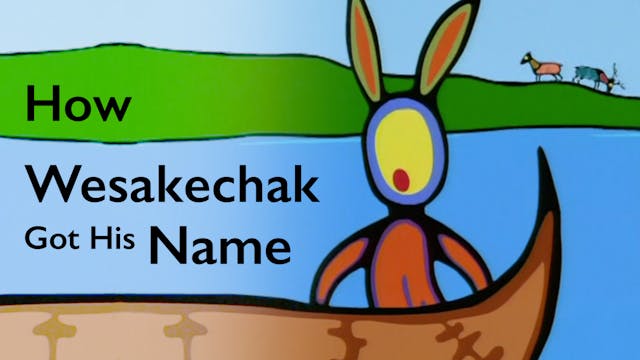Shooting with Mursi
Culture, Ecology, Social Relationships, Urbanisation
•
54m
Olisarali Olibui, a member of one of Africa’s most isolated tribes carries a Kalashnikov in one hand and a camera in the other, with which he chronicles the struggle of his tribe to protect their land and way of life. The Mursi are an Ethiopian tribe of fewer than nine thousand people, a nomadic group of pastoralists who live in an area of the Omo valley the size of Wales.
Olisarali Olibui grew up in remote Mursiland where, after seeing westerners with cameras, he realised that film making was a way of showing the world Mursi culture. In 2000 Olisarali Olibui went to Australia where he learned English and returned with a video camera, a laptop and a solar charger. He decided to use the kit to portray his people’s lifestyle and culture and to give them a voice. And the Mursi certainly have a voice.
When Olisarali interviews his people on camera they feel constrained by no inhibition, shyness or reticence. They open up freely to one of their own and the subtitled translations of their comments are well observed and frequently hilarious.
The Mursi live in a Kalashnikov culture. Pressured on all sides by national parks and traditional enemies, the tribes constantly fight and raid each other for cattle. For cattle are the currency by which a man’s wealth is measured. Thirty eight cows and a Kalashnikov for a wife. They drink the blood of cattle mixed with milk, eat sorghum and corn and pick wild coffee. In the dry season they move near water. In the rainy season they seek out the lushest pasture for their precious cattle.
Produced and directed by Ben Young, Shooting with Mursi was made at an interesting time because roads are being built and tourists are appearing; to gawk, to snap and to underpay the Mursi. This film may well prove to be an historic record of a way of life doomed to extinction or major change.
The women say lip plates are a mark of beauty prized by men and women alike. All the viewer can think of is how do they eat. Or kiss. They take them out in the grass hut villages and put them in again when tourists appear.
The Mursi have no single leader and no system of arrest. They arrive at decisions by meeting until a consensus is reached. If one member of an age set misbehaves, the entire age set gets punished. So we have the spectacle of the film-maker himself being beaten by elders with sticks as part of an age set that caused trouble. This is the first time this ritual has ever been filmed.
The nearby national parks and game reserves are a big problem to the Mursi. While rich tourists spend up to $3000 a day shooting without mercy, the tribes people are not allowed inside. Nor are their cattle. The Mursi feel they have not been properly consulted about the parks.
Nobel prize winning economist Joseph Stiglitz pops up from somewhere to declare that in his view pastoralists need to be better organised if they are to preserve some of the characteristics of the nomadic lifestyle.
In an effort to initiate some organisation, The film ends with a large gathering of pastoralist tribes in Nyangatom in southern Ethiopia where, there is much talk of peace and appeals for peace. Peace, it seems, is the prerequisite for progress in pastoralist society. Shooting with Mursi is indeed well named.
Paul Sullivan, 30th March 2009
Directors: Ben Young, Olisarali Olibui
Country: Ethiopia / UK
Year: 2010
Running Time: 55 mins
Up Next in Culture, Ecology, Social Relationships, Urbanisation
-
TALES OF WESAKECHAK: How Wesakechak G...
From "Stories of the Seventh Fire" - SUMMER
An animated legend from Canada’s First Nations based on the art by Norval Morriseau and the live action footage of wildlife filmographer, Albert Karvonen. This series outlines Native legends set in 4 seasons depicted in varied animated styles.
Thi...
-
Tales of Wesakechak: Why the Rabbit T...
Stories of the Seventh Fire
WINTER
Tales of Wesakechak: Why the Rabbit Turns White – Weshakechak neglects his responsibilities and is punished by the Creator. Without his powers, Wesakechak must embark on a journey to set things straight.13 Mins
1999
English -
TALES OF WESAKECHAK: The First Spring...
SPRING: A story about the power of friendship. Before there were people on Turtle Island (North America), the Creator put the shape-shifter Wesakechak on the earth to take care of all the creatures. This makes Machias, a bad spirit, very envious and angry. From the series STORIES FROM THE SEVENTH...



